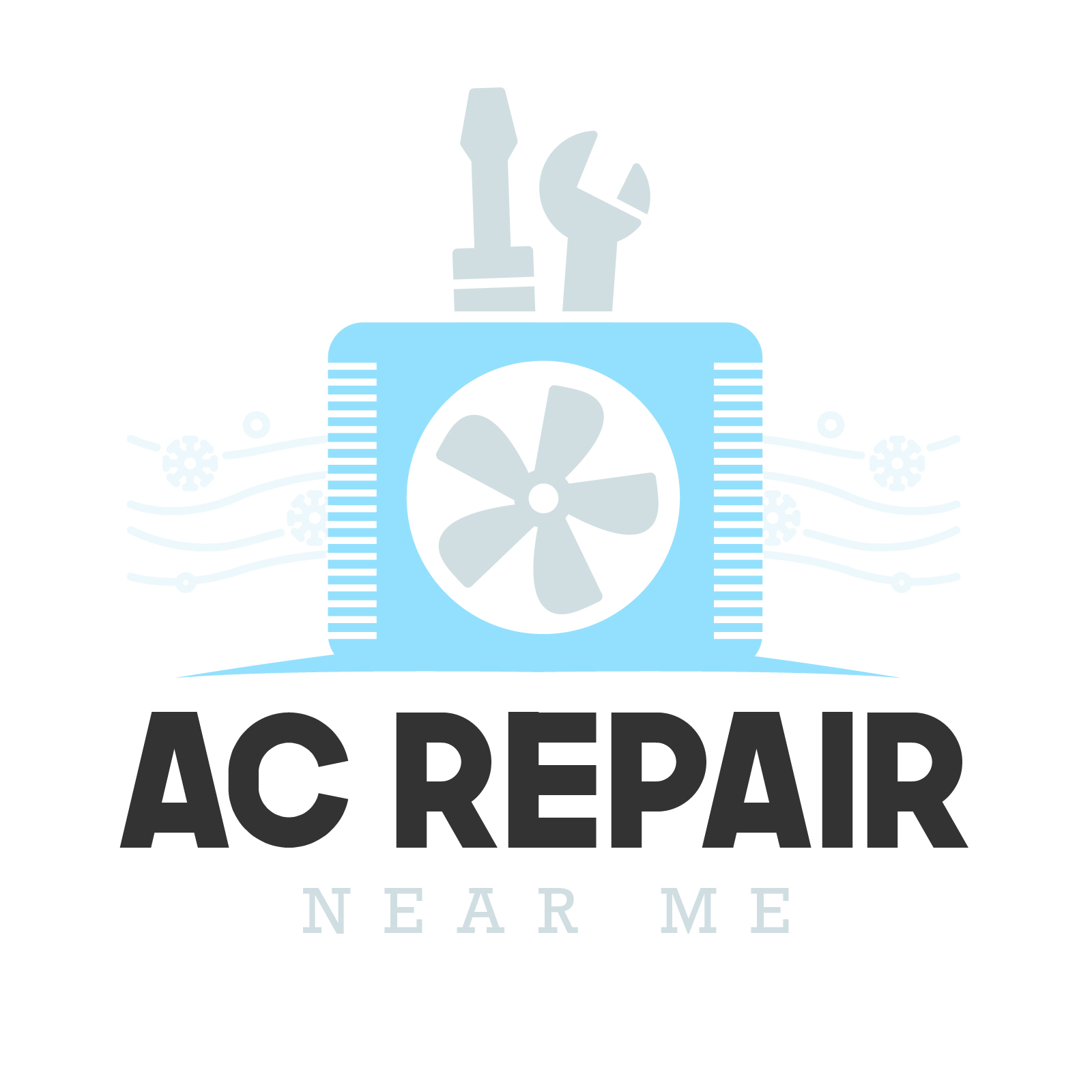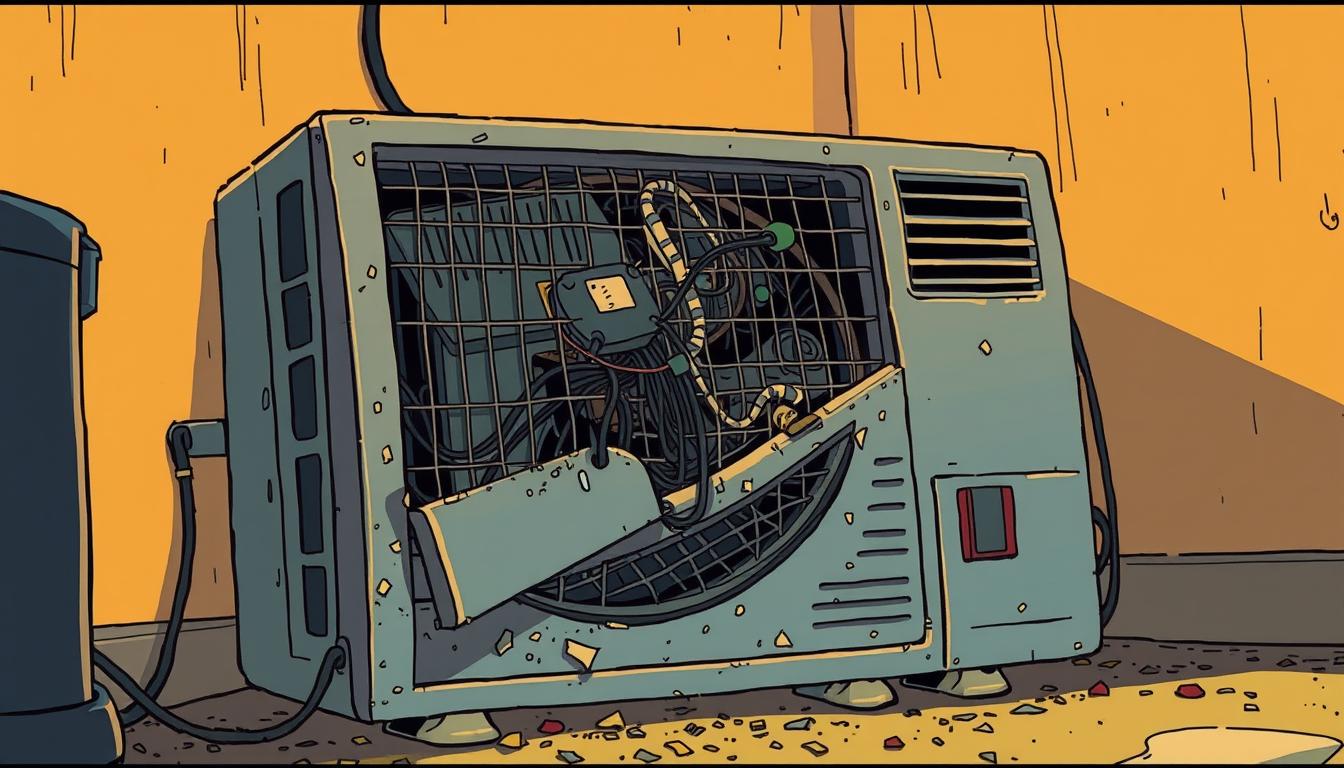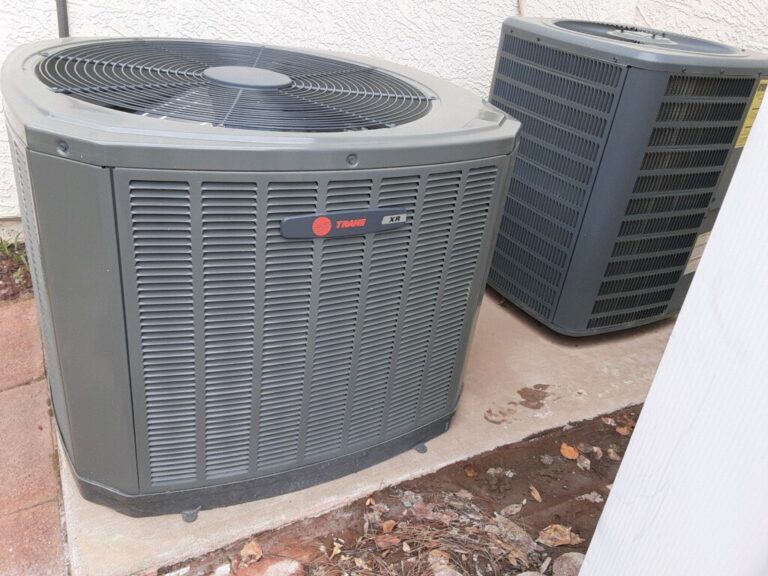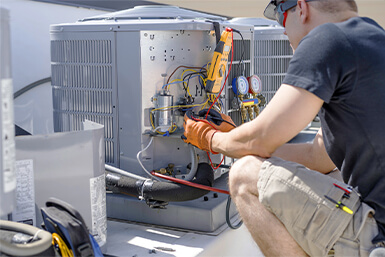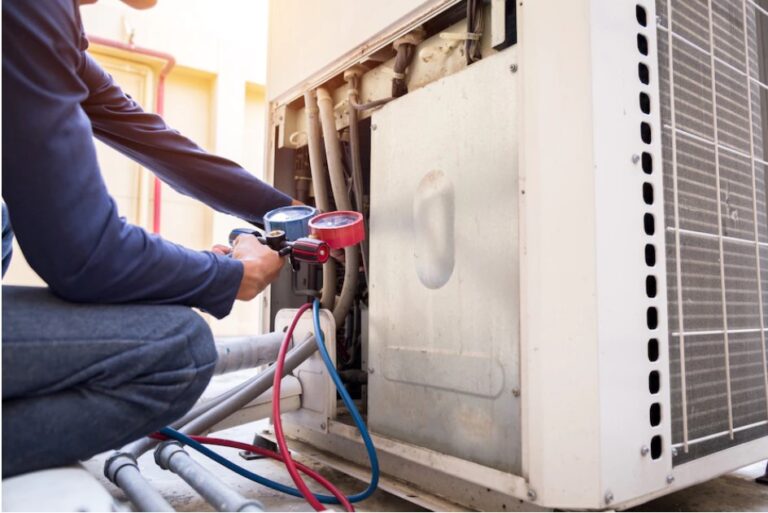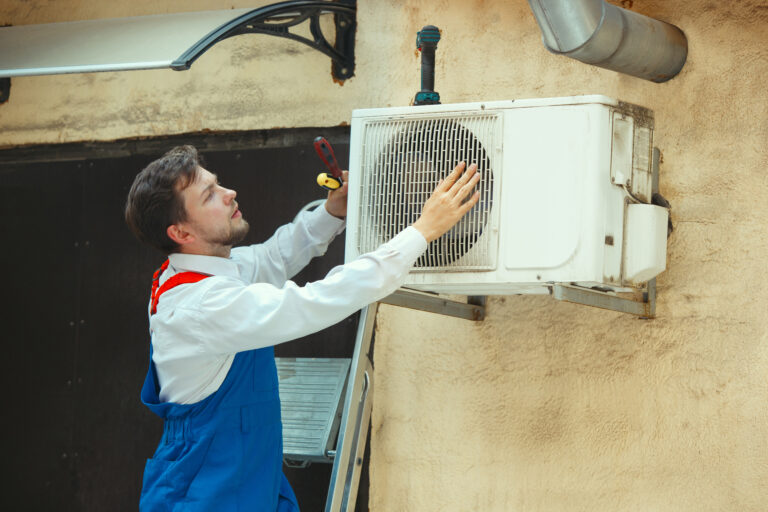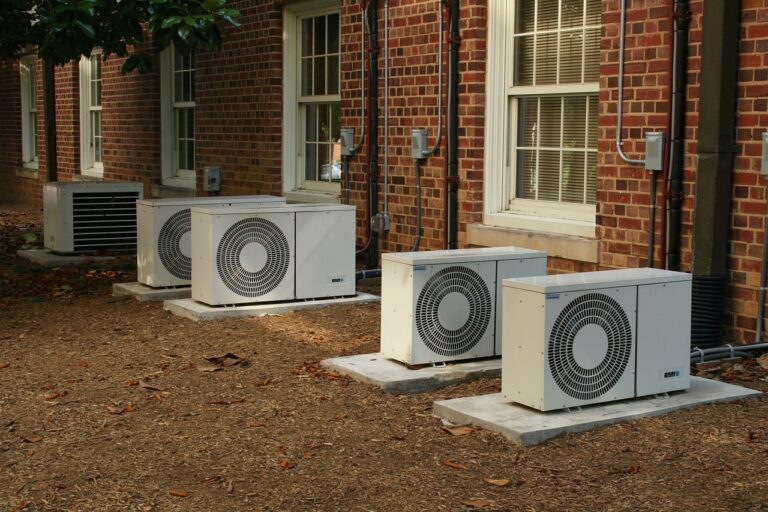AC Blowing Hot Air? Here’s What Might Be Wrong
Nothing ruins a summer day quite like a malfunctioning air conditioner. When you adjust the thermostat to cool your home, only to find warm air coming out, it’s not just frustrating – it can also be a sign of underlying issues with your cooling system.
Addressing this problem promptly is crucial for your comfort and to prevent further damage to the system. Several factors could be contributing to your AC blowing hot air, ranging from simple fixes to more complex problems. Understanding the basics of how your air conditioning works can help you identify and sometimes resolve these issues on your own. For more information on handling serious AC repair issues, you can refer to our detailed guide.
Key Takeaways
- Identify common causes of an air conditioner blowing warm air.
- Learn basic troubleshooting steps to resolve the issue.
- Understand the importance of regular maintenance for your cooling system.
- Discover when to call a professional for AC repair.
- Find out how to prevent serious problems with your air conditioner.
Why Your AC Is Blowing Hot Air Instead of Cold
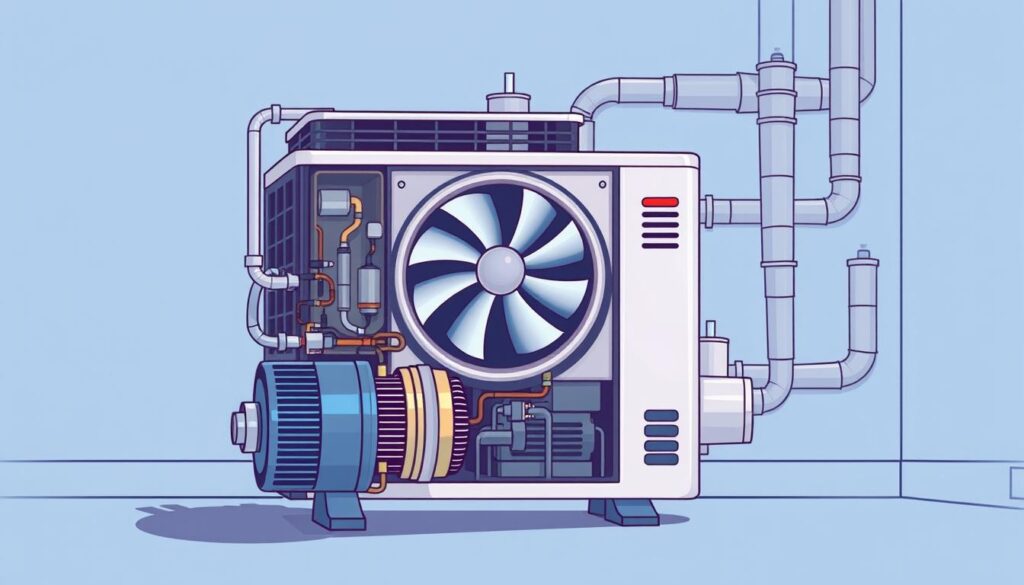
Noticing your AC blowing warm air instead of cold can be frustrating and is often a clear indication of a problem. To understand why this happens, it’s essential to grasp the basics of how air conditioning systems work.
Understanding How Air Conditioning Systems Work
Air conditioning systems operate on a refrigeration cycle that removes warm air from inside your home and expels heat outside. The process involves a chemical called refrigerant that circulates through the system, changing from liquid to gas and back again as it absorbs heat from the indoor air. The main components of an AC system include the compressor, condenser, expansion valve, and evaporator. These components work together to cool the air.
The refrigerant plays a crucial role in this process. It expands and contracts as it circulates, removing heat and humidity from the cabin. For the AC to function correctly, the refrigerant level must be adequate. Issues such as low refrigerant can lead to the AC blowing warm air.
Common Symptoms of AC Problems
Several symptoms can indicate that your AC is not working properly. These include:
- Blowing warm air instead of cold
- Weak airflow
- Strange noises
- Unusual odors
Understanding these symptoms can help you identify what might be wrong with your AC system. For instance, if your AC is blowing warm air, it could be due to clogging issues, electrical problems, or compressor malfunctions. You can find more detailed DIY troubleshooting tips on our page about repairing your air conditioner by yourself.
External factors like extreme outdoor temperatures can also affect AC performance, sometimes causing it to blow warm air even when functioning normally. Recognizing these factors and understanding the basics of your AC system can help you communicate more effectively with HVAC technicians if you need professional service.
Quick Fixes You Can Try Before Calling a Professional
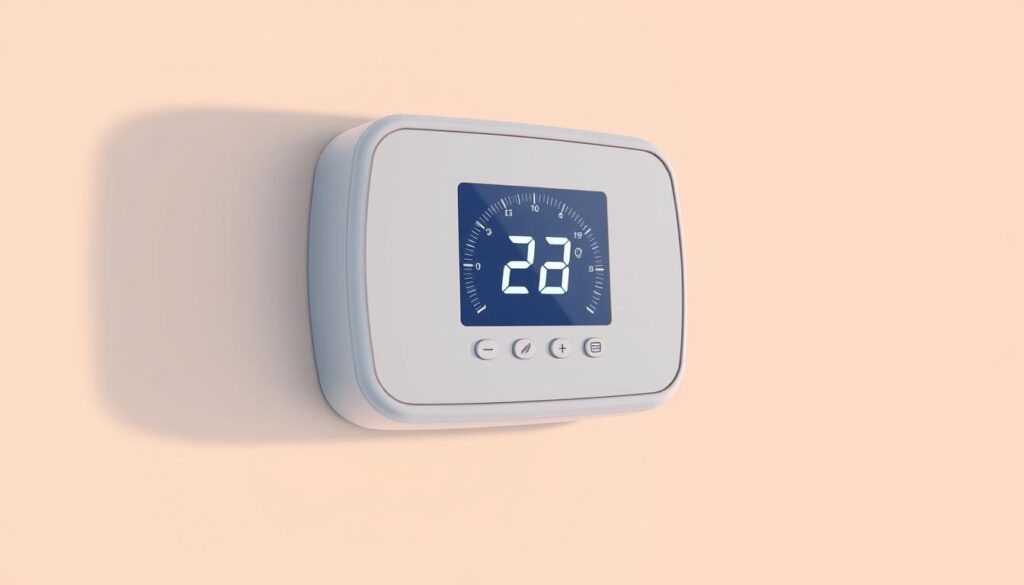
Before calling in a professional to fix your AC, there are several quick fixes you can try to resolve the issue of hot air blowing from your vents. Sometimes, the problem can be as simple as a misconfigured thermostat or a dirty air filter.
Check Your Thermostat Settings
First, ensure your thermostat is set correctly. Verify that it’s set to “cool” mode and that the temperature is set low enough to activate the cooling function. Also, make sure the fan is set to “auto” rather than “on.” If it’s set to “on,” the fan will run continuously, circulating air regardless of its temperature. For zoned systems, check both thermostats to ensure they’re configured correctly.
Inspect Circuit Breakers and Power Supply
A tripped circuit breaker can cut power to your AC system, causing it to malfunction. Check your circuit breakers to ensure none have tripped. If you find one that has, reset it and see if that resolves the issue. Also, verify that the power supply to both the indoor and outdoor units is stable.
Replace Dirty Air Filters
Dirty air filters can significantly restrict airflow, making the air coming from your vents feel warm. Check your air filters monthly during heavy use periods and replace them as needed. To replace, locate the filter housing, remove the old filter, and install a new one that matches the specifications of your AC system.
Clear Debris Around Outdoor Unit
The outdoor condensing unit needs unobstructed airflow to function properly. Clear any debris, such as leaves or dirt, from around the unit. Ensure there’s at least a foot of clearance around it to allow for proper airflow. Regularly performing this maintenance task can help prevent issues with your AC.
By following these simple maintenance tasks, you can often resolve the issue of your AC blowing hot air without needing to call a professional. Regular maintenance, such as checking thermostat settings, inspecting circuit breakers, replacing dirty air filters, and clearing debris around the outdoor unit, should be performed regularly to prevent future problems.
Common Causes of an AC Blowing Hot Air
If your AC is blowing hot air, understanding the root cause is crucial to restoring a comfortable indoor climate. Several factors can contribute to this issue, ranging from simple problems that can be fixed easily to more complex issues that require professional attention.
Refrigerant Leaks
Refrigerant is the lifeblood of your air conditioning system, facilitating the heat-cold exchange that cools your home. A refrigerant leak can significantly impair this process. When refrigerant levels drop, your AC’s ability to absorb heat from your home is reduced, resulting in warm air blowing from the vents. Signs of a refrigerant leak include hissing sounds near the AC unit, ice formation on the evaporator coils, and increased humidity levels indoors. If you suspect a refrigerant leak, it’s essential to address it promptly to prevent further damage.
Dirty or Frozen Evaporator Coils
The evaporator coil plays a critical role in cooling your home by absorbing heat from the indoor air. Over time, this coil can become dirty or frozen due to restricted airflow, preventing proper heat absorption and causing the AC to blow warm air. Regular maintenance, such as cleaning the evaporator coil and ensuring adequate airflow around it, can help prevent this issue. Restricted airflow can be due to dirty air filters or blocked vents, highlighting the importance of regular system checks.
Clogged Condensate Drain Line
Every air conditioner produces water as a byproduct of conditioning the warm air, which is then drained away through the condensate drain line. A clogged condensate drain line can trigger safety switches that shut down the system to prevent water damage, resulting in no cooling. Regularly checking and clearing the condensate drain line can prevent this issue. It’s also a good practice to inspect the drain line for any signs of blockage or damage.
Compressor or Condenser Issues
The compressor and condenser coil are critical components of your AC system. The compressor compresses the refrigerant to keep the cooling evaporator coil cold, while the condenser coil expels hot air outside. Issues with either of these components, such as failure due to age or electrical problems, can significantly impact your AC’s performance. A faulty compressor or condenser coil can lead to warm air blowing from the vents, indicating the need for professional diagnosis and repair.
| Cause | Description | Solution |
|---|---|---|
| Refrigerant Leaks | Leaks reduce the system’s ability to absorb heat. | Professional repair of leaks and refrigerant recharge. |
| Dirty or Frozen Evaporator Coils | Prevents proper heat absorption. | Cleaning the coil and ensuring adequate airflow. |
| Clogged Condensate Drain Line | Can shut down the system to prevent water damage. | Clearing the blockage and inspecting the drain line. |
| Compressor or Condenser Issues | Impacts the cooling process. | Professional diagnosis and repair or replacement. |
These common causes of an AC blowing hot air highlight the importance of regular maintenance and prompt repairs. By addressing these issues early, you can prevent more extensive damage to your AC system and ensure a comfortable indoor climate.
How to Diagnose AC Problems
Diagnosing issues with your air conditioning system can be straightforward if you know what to look for. Effective diagnosis involves a combination of visual checks, listening for unusual noises, and measuring the air temperature coming from your vents.
Visual Inspection Techniques
A thorough visual inspection is the first step in diagnosing AC problems. Start by checking both the indoor and outdoor units for signs of trouble. Look for ice formation on the coils or pipes, water leaks around the units, and dirty or clogged air filters. Ensure that the area around the outdoor unit is clear of debris. Inspect the evaporator coil for dirt or ice buildup, which can significantly reduce the system’s efficiency. If you notice any issues, such as a frozen evaporator coil, turn off the AC system and change the air filter if necessary. Allow the coil to thaw before restarting. If the problem persists, it may indicate a more complex issue like a refrigerant leak or compressor malfunction.
Listening for Unusual Sounds
Unusual sounds coming from your AC system can be a clear indicator of problems. Listen for rattling, buzzing, hissing, or banging noises. Rattling might suggest loose parts, while buzzing could indicate electrical issues. Hissing sounds often point to refrigerant leaks, and banging noises might mean there’s a problem with the compressor or other internal components. If you identify any unusual sounds, it’s crucial to investigate further or consult a professional.
Using a Thermometer to Check Air Temperature
Using a thermometer can help you determine if your AC is functioning correctly. Measure the temperature of the air coming from the vents and compare it to the room temperature. A significant difference (usually around 15-20°F) indicates that the AC is cooling properly. If the temperature difference is minimal, it could suggest a problem with the cooling cycle. Additionally, check the airflow strength at the vents; weak airflow might indicate issues with the blower motor or ductwork. For more detailed guidance on troubleshooting AC issues, you can refer to resources like this article on common AC problems.
By following these diagnostic steps, you can identify potential issues with your AC system and provide valuable information to HVAC technicians if you need professional assistance.
When to Call an HVAC Professional
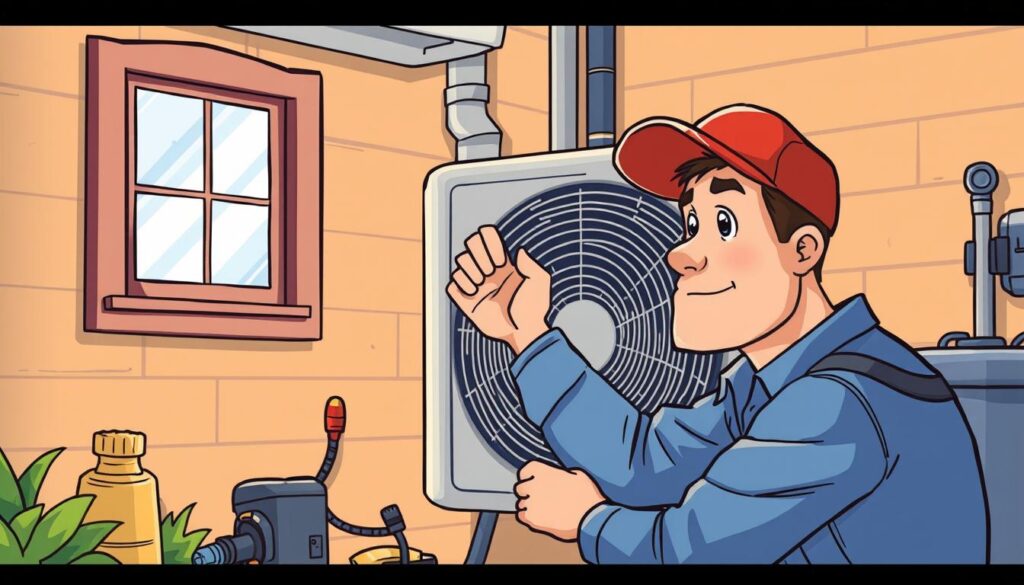
Knowing when to seek professional help for your AC blowing hot air can save you from further damage and costly repairs. While DIY troubleshooting can resolve some issues, there are clear signs that indicate when it’s time to call an HVAC professional.
Signs of Serious AC Problems
If you notice any of the following signs, it’s time to stop DIY troubleshooting and contact a professional technician: unusual noises from your AC unit, significant increases in your energy bills, or if your AC system is not turning on at all. These could be indicators of serious issues such as motor or fan problems, refrigerant leaks, or electrical faults that require specialized tools and knowledge to fix.
What to Expect During a Professional Diagnosis
When you call an HVAC professional, they will start with a thorough inspection of your AC system and unit. They will check for any visible signs of damage or wear, inspect the home‘s ductwork for leaks, and assess the overall performance of the AC system. The technician may also use specialized equipment to diagnose issues that aren’t visible to the naked eye, such as refrigerant leaks or electrical problems. This comprehensive diagnosis is crucial for identifying the root cause of the problem and ensuring that the necessary repairs are done correctly to prevent future issues.
By choosing a qualified HVAC professional, you ensure that the job is done right, minimizing the risk of further damage to your AC system or unit. They can also provide guidance on maintenance to keep your AC running efficiently.
Preventing Future AC Problems
Preventing future AC problems requires a proactive approach to maintenance. To keep your air conditioner cooling efficiently all summer, consider the following tips.
Sign up for a home maintenance plan to ensure you never miss annual tune-up appointments. This will help identify potential issues before they become major problems.
Additionally, program your thermostat to cool less when you’re away, and use your ceiling fan to circulate air. Keeping doors and windows closed when running the air conditioner and maintaining proper ventilation can also prevent air conditioning issues.
Regularly cleaning and dusting your home, especially around the air conditioner, can improve airflow and reduce the risk of problems. Proper landscaping around the outdoor unit can also prevent debris from affecting performance.
By following these tips and staying on top of maintenance tasks, you can extend the lifespan of your air conditioner and avoid the discomfort of an AC blowing warm air during the hot summer months.
